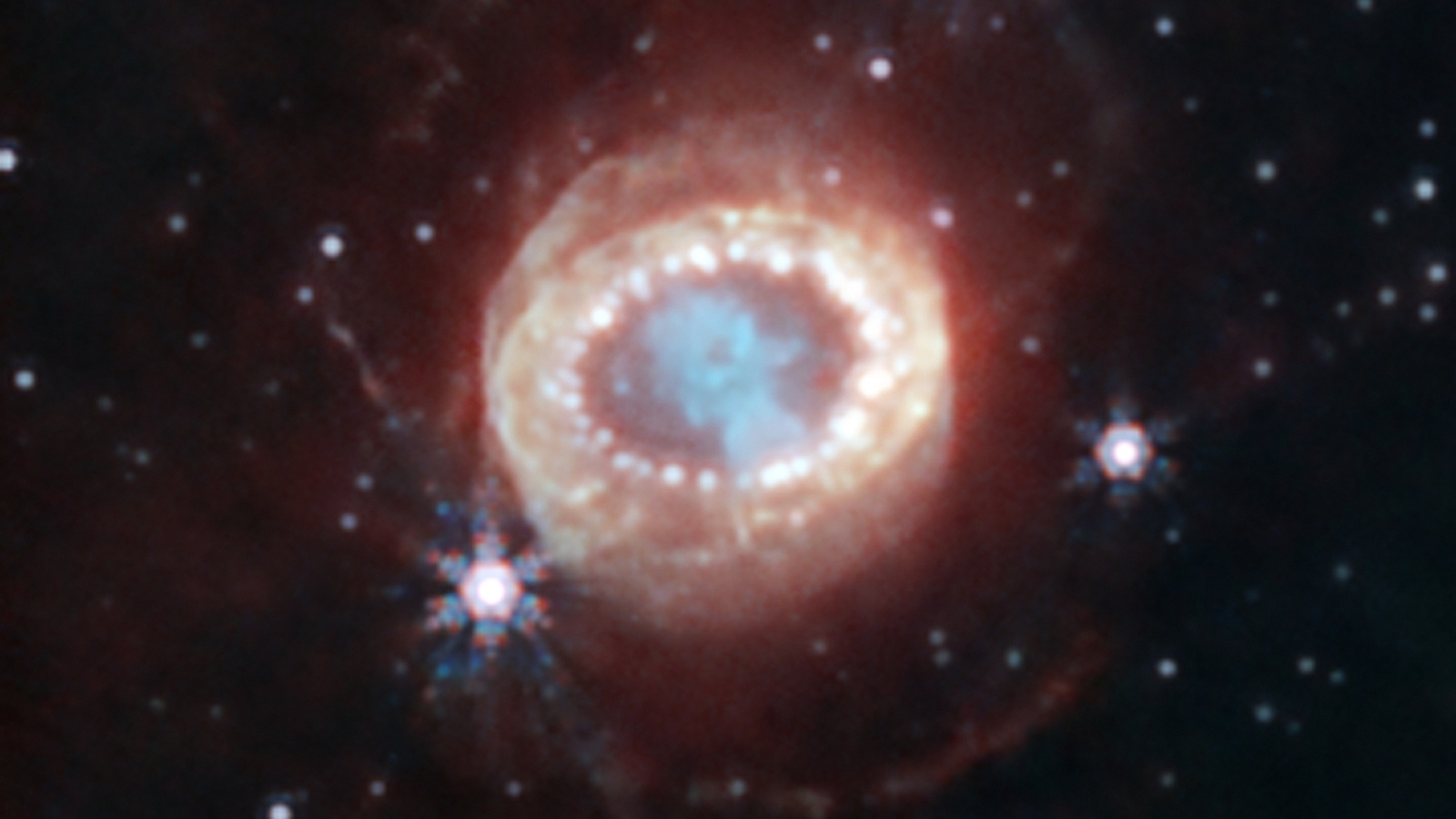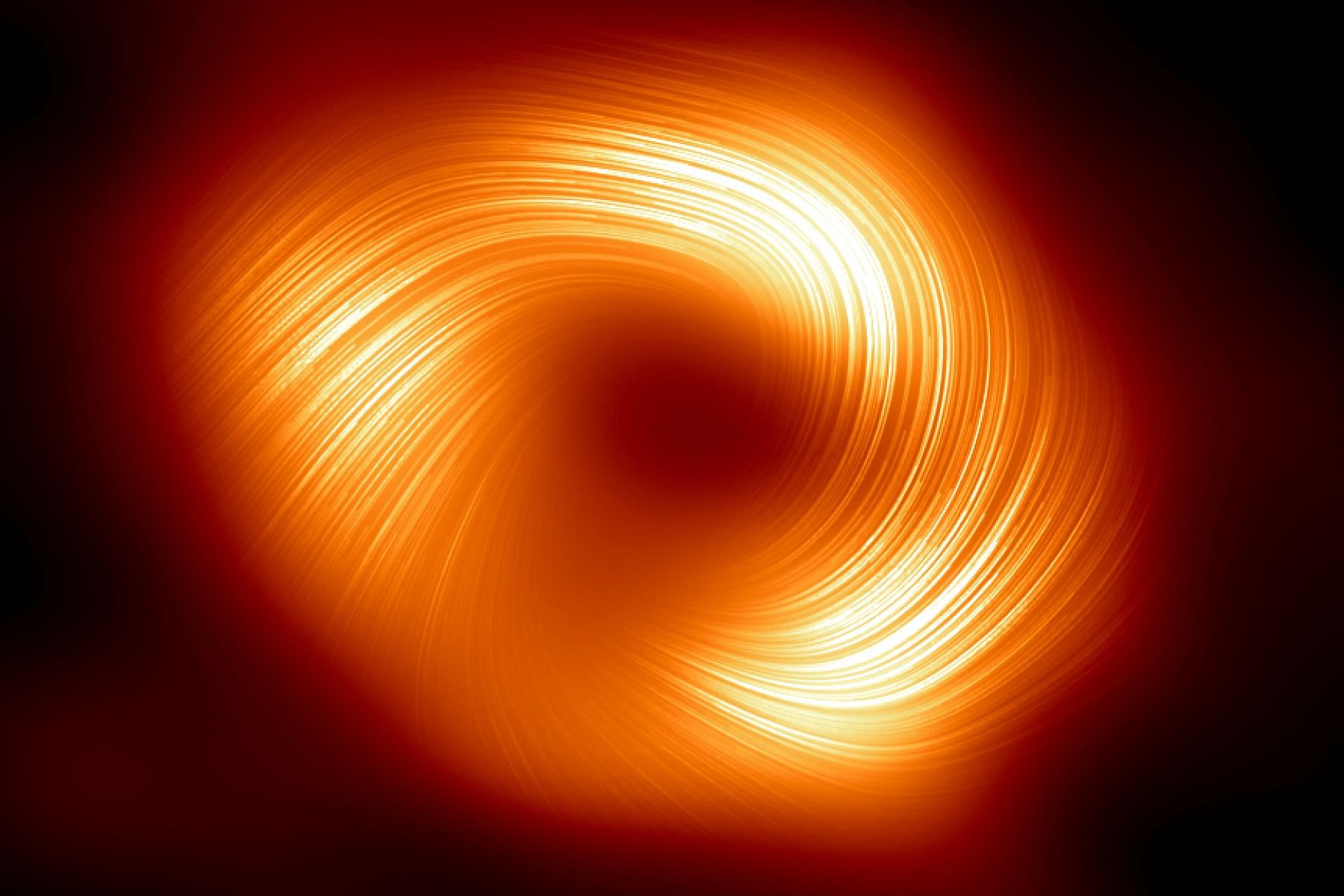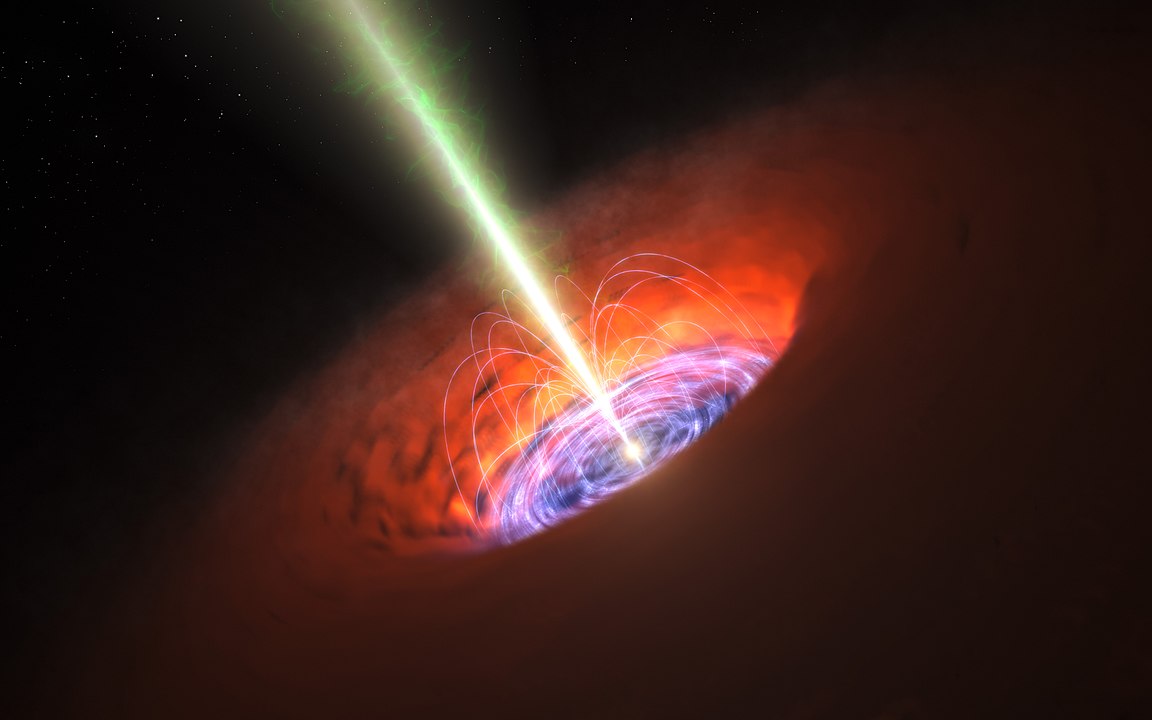Despite 90 years of research, the nature and influence of Dark Matter continue to elude astronomers and cosmologists. First proposed in the 1960s to explain the rotational curves of galaxies, this invisible mass does not interact with normal matter (except through gravity) and accounts for 85% of the total mass in the Universe. It is also a vital component in the most widely accepted cosmological model of the Universe, the Lambda Cold Dark Matter (LCDM) model. However, according to new research, the hunt for DM could be over as soon as a nearby star goes supernova.
Currently, the axion is considered the most likely candidate for DM, a hypothetical low-mass particle proposed in the 1970s to resolve problems in quantum theory. There has also been considerable research into how astronomers could detect axions by observing neutron stars and objects with powerful magnetic fields. In a recent study supported by the U.S. Department of Energy, a team of astrophysicists at the University of California Berkeley argued that axions could be discovered within seconds of detecting gamma rays from a nearby supernova explosion.
Continue reading “A Nearby Supernova Could Finally Reveal Mark Matter”









